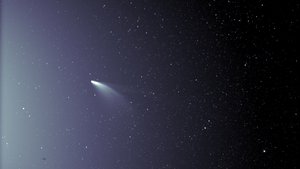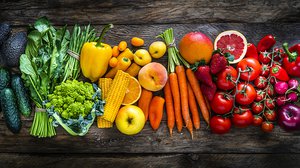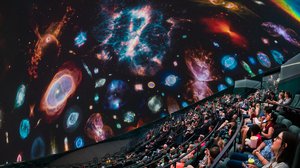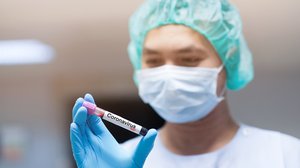April Showers Bring … The Lyrids Meteor Shower!
The annual Lyrids meteor shower, lasting from April 16 - 26, will peak April 21 - 22, 2020, which happens to coincide with a New Moon. Yay! Why is this interesting and important? And more importantly, how can you get in on the show? Just watch.

Take a Phenological Walk with Me
Hey there, science lovers! Lexie Barrell here. I love helping Museum guests learn all about the world around them, especially when it comes to plants and animals! And phenology is a great place to start!

Question Your World: How Much Food Do We Waste?
Recently scientists were doing a study on discarded edible items and ended up with some pretty interesting food for thought. How much food do we waste?

Getting Involved with Citizen Science: No Lab Coat or PhD Required
Hello, science lovers. Niki Yarger here. While I miss my spot leading astronomy shows in The Dome, I’m happy to get the chance to share community science opportunities with you here.

Question Your World: Can Genetics Help Fight the Spread of COVID-19?
Understanding the COVID-19 virus is more important than ever for our nation's ability to combat the spread. Virginia scientists are making headlines for a new approach to learning more about where Virginia cases are coming from.
